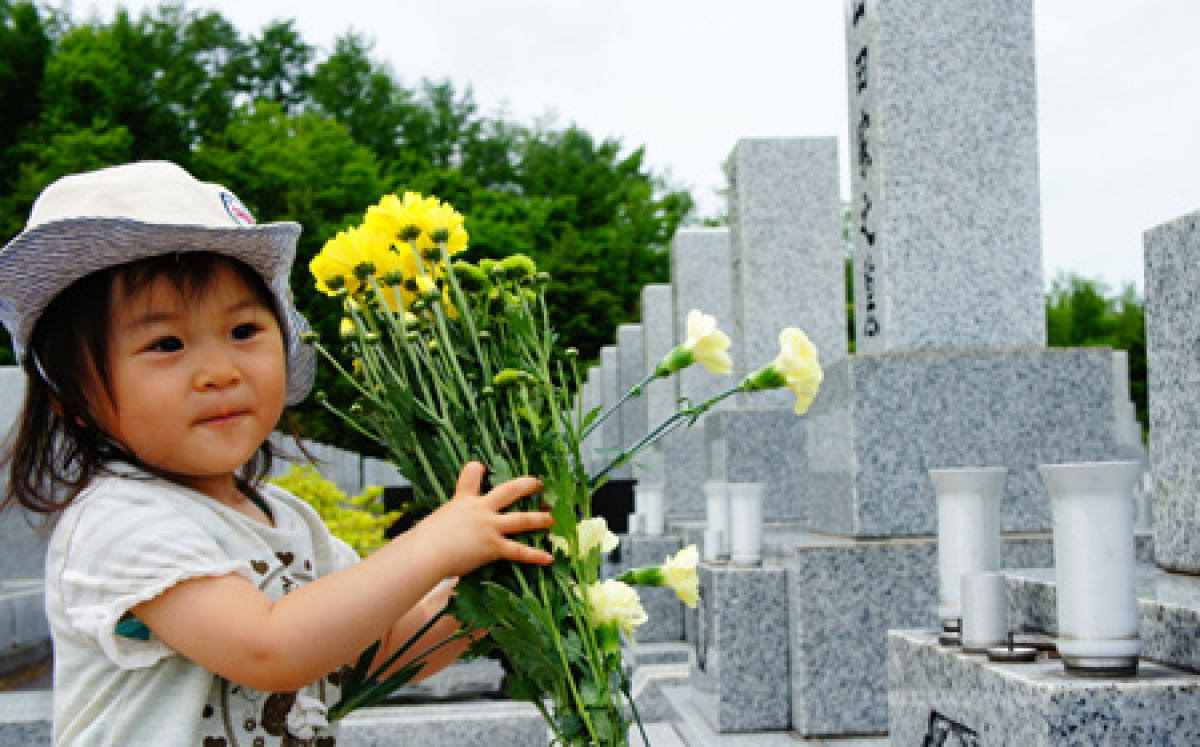The sun rises exactly in the east and sets exactly in the west on this day, making day and night equal in length.
From this day forward, the sun crosses over the equator to the Southern Hemisphere, meaning it rises and sets in the Southern Hemisphere, meaning that the days will begin to become shorter than nights in the Northern Hemisphere, heralding the arrival of Autumn.
Autumnal Equinox Day was established as a national holiday in 1948. Before then, the autumnal equinox was an imperial ancestor worship festival called ‘Shūki kōrei-sai’ and the holiday had its roots in Shinto traditions as a time to give thanks to the deities for a successful harvest.
The equinoxes are also a special time for Buddhists who traditionally see them as days when the border between the worlds of the living and the dead is at its thinnest, making the equinoxes important days to honour ancestors and remember the dead.
The Japanese use Autumnal Equinox Day to pay respects to deceased family members, visit family graves and hold family reunions in honour of those who have passed.
